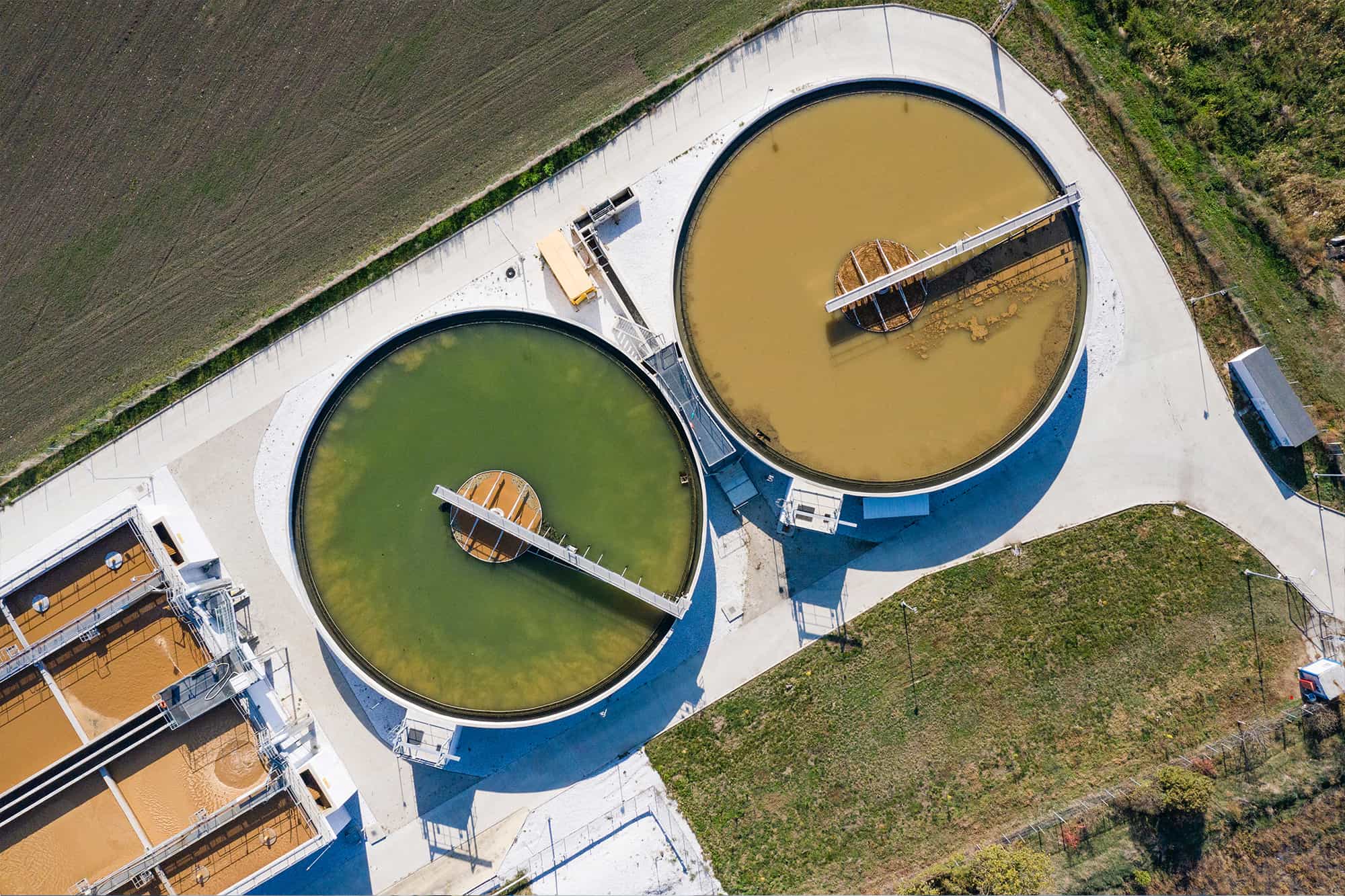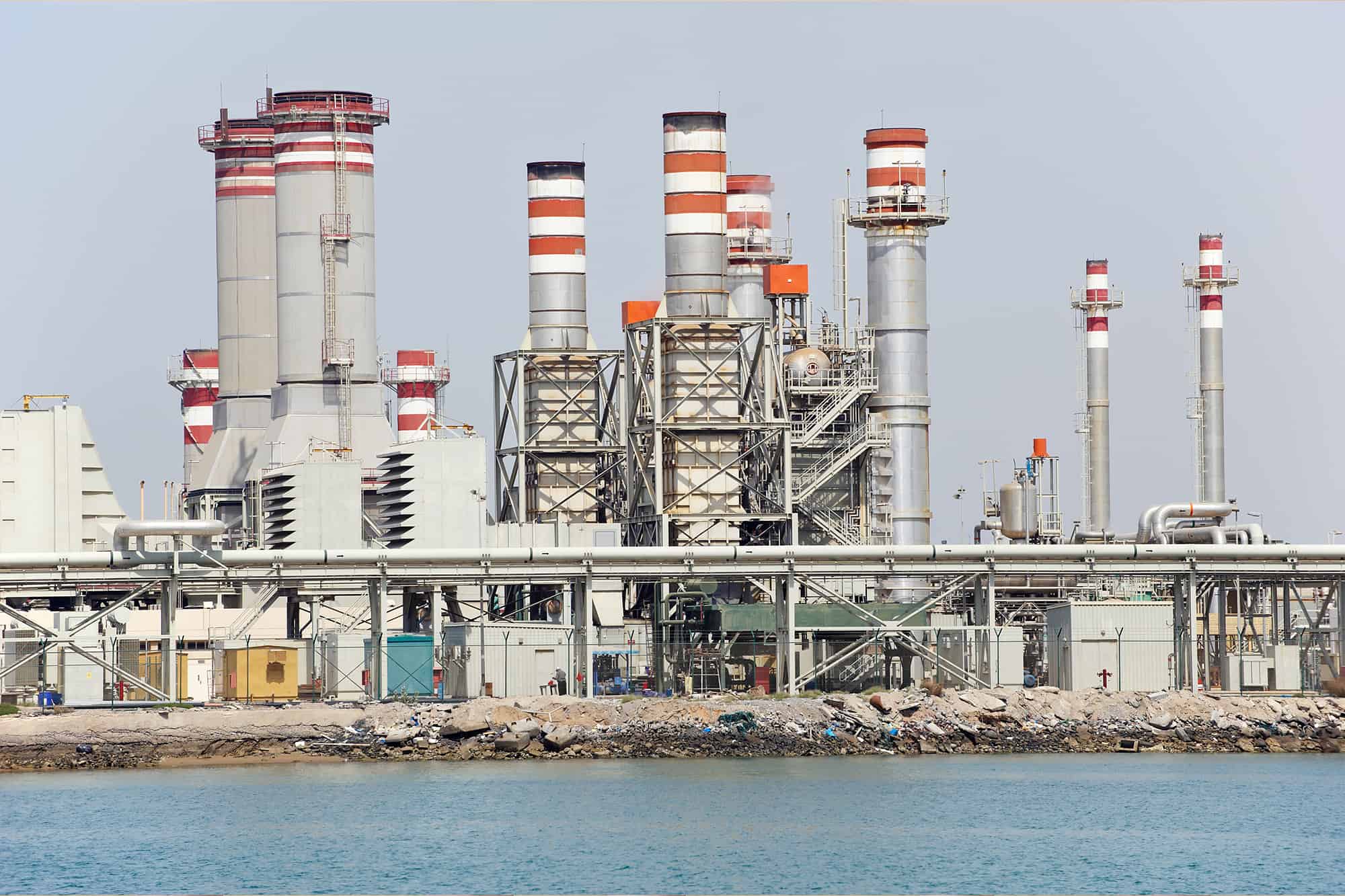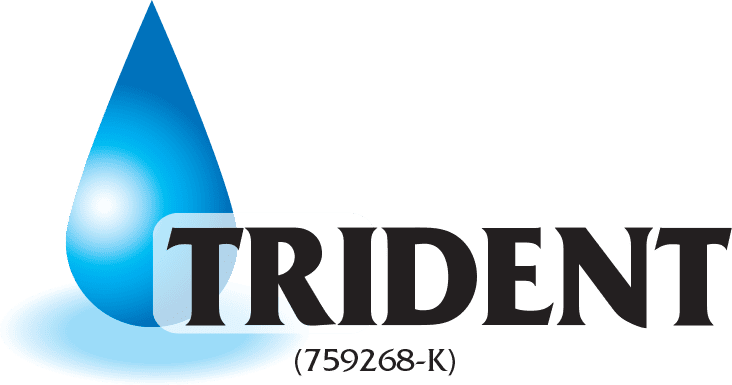Pure Water Treatment System
- Home
- Wastewater Treatment Systems
- Pure Water Treatment System
We provide a variety of filtration methods designed specifically to remove pollutants such as suspended solids, hardness, chlorine and some heavy metals. Among the filtration methods are
A Multi-Media Sand Filter is used to reduce the level of suspended solids (turbidity) in incoming feed water. Water containing suspended solids flow through a bed of sand and gravel where solid particles are captured and entrapped on the surface of the sand grain. Sand Filters are often used as a pre-treatment filter prior to other treatment methods such as UF and RO.

Carbon filter contains activated carbon to remove contaminants and impurities, using chemical adsorption whereby pollutant molecules in fluid are trapped inside the pore structure of activated carbon. Carbon filters are the most effective at removing chlorine, sediment, volatile organic compounds, taste and odour from water. It is an essential pre treatment for a RO system as the presence of free chlorine will damage the surface of the RO membrane.
Dissolved iron in water gives a rust colour to water, which can stain linen, sanitary facilities and food industry product. Iron in water can also give off an unpleasant metallic taste. Iron can be removed through iron removal filter by oxidizing of the dissolved iron ions to form precipitate which will then be filtered out.
Ionic impurities in water can affect the operating efficiency of a process system. It can be removed via a deionization system through the ion exchange process in which impurity ions present in the water are replaced by the ion of the ion exchange resin. Overtime, the resin will be exhausted by the impurity ions and will be needed to be regenerated. Typically, there are two types of deionizer.
The twin bed deionizer consists of two vessels whereby one contains cation-exchange resin used to attract positively charged hydrogen ions (H+) while the other contains anion-exchange resin used to attract negatively charge hydroxyl ions (OH-). A twin bed deionizer is usually applied for cases where the quantity of water to be treated is high.

The mixed bed deionizer consists of only one vessel whereby it contains both cation and anion exchange resin. A mixed bed deionizer is usually applied when high quality water is required. The thoroughly mixed cation and anion exchange resin makes it more effective than a twin bed deionizer.
Ultrafiltration (UF) is a process whereby water is forced through a semi permeable membrane. Suspended solids and impurities remain on the retentate side of the membrane while purified water flows through the membrane to the permeate side.
The UF is capable of removing a wide range of organic substances, pathogens and viruses. The UF only requires a small footprint and does not require chemical to operate except for membrane cleaning purposes.




Reverse Osmosis (RO) is a water purification technology similar to the UF that uses a semipermeable membrane. Compared to the UF, the RO is able to remove a larger range of contaminants which includes minerals, salts and total dissolved solids. Similar to the UF, the RO also only requires a small footprint.




WhatsApp us
